Just how bad is sugar for us and for our skin?
According to Dr. Sanjay Gupta, writing in the July issue of Prevention magazine, sugar is a potential toxin (page 96):
People think the problem with sugar is that it makes you fat. But it’s not just inches around your waist. Sugar is a potential toxin. The liver becomes fatty, and it starts to release small, dense particles of LDL, which are most damaging kind of blood vessels. There is also some interesting new data suggesting that a third of some common cancers, including breast and colon cancer, have insulin receptors on them, so you could be fueling indolent cancers.
If that is what sugar does to your body, what does it do to your skin?
The Prevention article Face Facts About Sugar explains:
At blame is a natural process that’s known as glycation, in which the sugar in your bloodstream attaches to proteins to form harmful new molecules called advanced glycation end products (or, appropriately, AGEs for short). The more sugar you eat, the more AGEs you develop. “As AGEs accumulate, they damage adjacent proteins in a domino-like fashion,” explains Fredric Brandt, MD, a dermatologist in private practice in Miami and New York City and author of 10 Minutes 10 Years. Most vulnerable to damage: collagen and elastin, the protein fibers that keep skin firm and elastic. In fact, collagen is the most prevalent protein in the body. Once damaged, springy and resilient collagen and elastin become dry and brittle, leading to wrinkles and sagging. These aging effects start at about age 35 and increase rapidly after that, according to a study published in the British Journal of Dermatology.
Besides damaging collagen, a high-sugar diet also affects what type of collagen you have–another factor in how resistant skin is to wrinkling, says Brandt. The most abundant collagens in the skin are types I, II, and III, with type III being the most stable and longest lasting. Glycation transforms type III collagen into type I, which is more fragile. “When that happens, the skin looks and feels less supple,” says Brandt. The final blow: AGEs deactivate your body’s natural antioxidant enzymes, leaving you more vulnerable to sun damage–still the main cause of skin aging.
According to the article How giving up sugar can take 20 years off your looks from The Daily Mail:
… a direct link has been established between the amount of sugar circulating in the blood and how old a person looks. Scientists from the Leiden University Medical Centre in the Netherlands, and Unilever in the UK, measured the blood sugar levels of 600 men and women aged between 50 and 70.
They then showed photographs of these people to a board of 60 independent assessors and found that those with higher blood sugar looked older than those with lower blood sugar. In fact for every 1mm/litre increase in blood sugar, the perceived age of that person rose by five months.
‘We took into account other factors such as whether or not that person smoked and yet still the effects were clear — the higher the blood glucose, the older the person looked,’ says Dr David Gunn, a senior scientist at Unilever who helped conduct the trial.
‘Those who looked the oldest of all were the diabetics in the group. Because of their condition, they will have had the high levels of glucose for a long period of time.’ The skin experts agree. A diet high in sugar is a disaster for the face.
‘There is no point in spending lots of money on expensive skin creams if you are eating a diet high in sugar,’ says Dr Aamer Khan, a cosmetic dermatologist who is also medical director of the Harley Street Skin Clinic. ‘Yes, you can protect and moisturise your skin from the outside with creams, but you need to feed and stimulate the growth of good strong skin cells from inside too and sugar will sabotage that.’
Are there any skincare products or ingredients out there that might help slow down this glycation process? It turns out that scientists and cosmetic chemists are working on it:
Skin care too makes a difference. Scientists have been on the hunt for potent antiglycation agents since the ’80s, when biochemist Anthony Cerami, PhD, found that aminoguanidine molecules block glucose-collagen pairs from forming, but products containing viable AGE fighters only began to appear on the market about five years ago with the introduction of Brandt’s Lineless range. Now that glycation is widely recognized as a major cause of aging, lots of comprehensive anti-aging creams contain AGE fighters too. Superstar multitasker green tea has been proven to significantly interfere with the glycation process while stimulating collagen synthesis—so if you’re using a product containing green tea (or drinking it regularly), you’re already protecting your skin. “Anything that stimulates the fibroblasts to build new collagen is going to help eradicate damage,” Brandt says, noting that retinoids and some dermal fillers fall into this category. “Since your body has a process where old collagen is broken down by enzymes and new collagen is generated, what’s going to happen is that the old glycated collagen will eventually be eliminated and replaced by un-glycated collagen.”
(From Sugar and Aging: How to Fight Glycation – Elle)
I’ve been trying to cut back on sugar for over two years now, and I struggle with it on a daily basis. I have finally admitted to myself that I have a sugar addiction. If you are thinking that it is time to start cutting back on sugar keep in mind that sugar is hidden in all sorts of ready made foods, condiments, and processed foods besides the obvious desserts and baked goods. I know from my personal experience that trying to limit my sugar intake has been next to impossible. I started by cutting out my teaspoon of sugar in my coffee in the morning, and I try to eat small amounts of dessert when I have dessert, but I do still crave sweets. I see how much my four and a half year-old son loves sweets, and I realize that our sugar addictions start very early.
One last thing – just how much sugar should the average person consume in a day (if you really need to have sugar)? According to the Prevention article Face Facts About Sugar:
Keep added sugar to no more than 10% of total calories. If you’re a 45-year-old woman of average height (5-foot-4), that’s 160 calories (or 10 teaspoons) from added sugar–about the number in one 12-ounce can of Coca-Cola or six Hershey’s Kisses. By comparison, the average American consumes 31 teaspoons per day of added sugar, or the equivalent of 465 calories.
Watch for hidden sugar in food. Many prepared foods contain hefty amounts of sugar–but it’s hidden under aliases–including barley malt, corn syrup, dextrose, fruit juice concentrate, maltose, maple syrup, molasses, and turbinado–on ingredient panels. The key is determining how many teaspoons of sugar each serving contains. Doing this is easy: Check the nutrition label for sugars, which are listed in grams under total carbohydrates, and then divide that number by 4 (each teaspoon of sugar is equal to 4 g) to convert it to teaspoons. For example, if sugars are listed as 12 g, you’re getting 3 teaspoons of sugar per serving. Avoid high fructose corn syrup. This type of sweetener, which is made by changing the sugar in cornstarch to fructose (another form of sugar), is believed to produce more AGEs than other types. Because HFCS extends the shelf life of foods and is sweeter and cheaper than other sugars, it’s a popular ingredient in soda, fruit-flavored drinks, and packaged foods such as breads, crackers, and other snacks. You can spot it in ingredient lists on nutrition labels.
Limiting our sugar consumption will help both our bodies and our skin. Certainly if we can drastically cut down on the amount of sugar we consume we’ll be much healthier. Good luck to everyone out there trying to limit their sugar intake!
My Related Post:
Lots More Reading about How Bad Sugar Is For You (if you are so inclined to keep reading about this topic):
Image from healthytimesblog.com



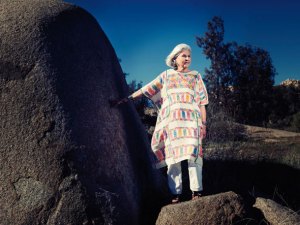

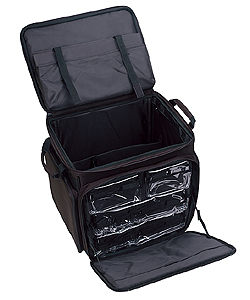
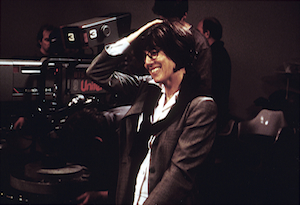
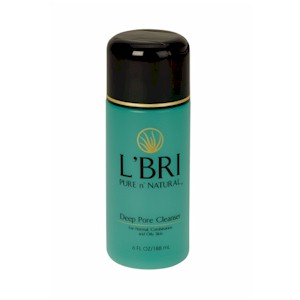
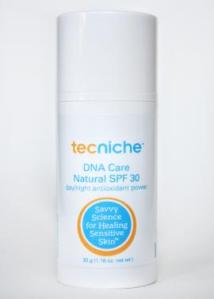




Recent Comments